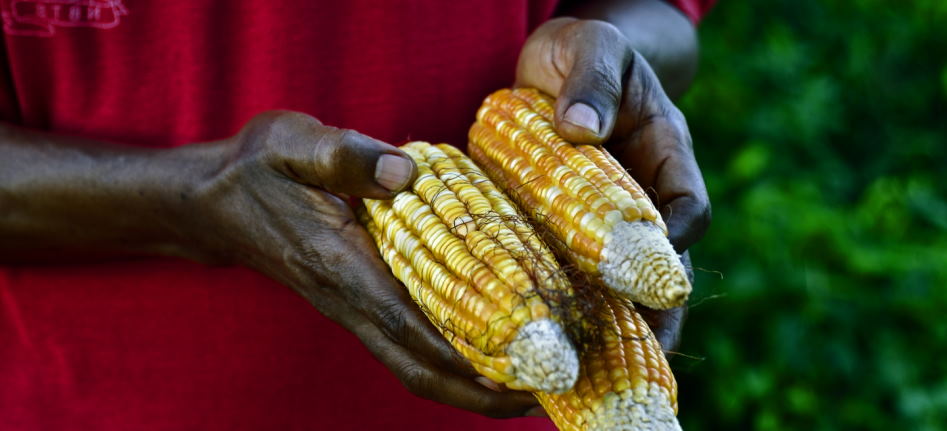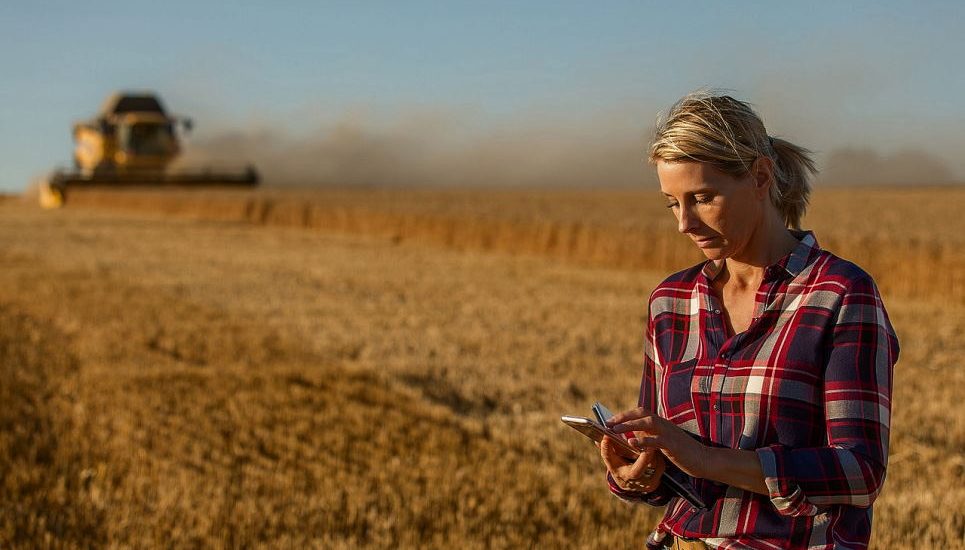Food security is one of the most pressing global challenges we face today. This issue is particularly relevant for developing countries, which struggle to provide their citizens with enough food to meet their nutritional needs. In this blog post, we will explore the challenge of global food security from the perspective of different countries worldwide. We will also discuss some possible solutions to this problem. Thank you for joining us on this important journey!
The top global food security challenges around the world
As the world population continues to grow, so makes the food demand. Agricultural production must keep pace to meet this demand and ensure global food security. This is no small feat and requires a concerted effort from all stakeholders – including governments, the private sector, civil society, and individual consumers.
Recognizing this challenge, the United Nations General Assembly has declared 2016 the International Year of Pulses. Pulses are a type of legume that includes beans, chickpeas, lentils, and peas. They are an important source of protein, fiber, and other nutrients and play a key role in sustainable agriculture.
The UN’s declaration of 2016 as the International Year of Pulses is a call to action for all of us to do our part in ensuring global food security. Here are some perspectives from around the world on the challenge of global food security and what can be done to meet it.

Africa:
In Africa, agriculture is the main source of livelihood for most people. However, small-scale farmers often lack access to the resources they need to be productive, including land, water, and financial capital. They also face challenges such as climate change and pests and diseases.
Despite these challenges, Africa has made significant progress in increasing agricultural production and reducing hunger in recent years. As a result, the number of hungry people in Africa has decreased by millions since the early 1990s. This progress is due in part to better access to resources and technology, as well as improved governance and policy.
There is still more work to be done, however, in order to achieve food security for all Africans. One way to do this is by supporting small-scale farmers and helping them to increase their productivity. This can be done through initiatives such as training programs, extension services, and access to credit.
Asia:
Asia is the most populous continent in the world and is home to nearly 60% of the global population. The region has made great strides in reducing hunger and poverty in recent years, but millions of people still do not have enough to eat.
One of Asia’s main challenges is the rapid population growth. This puts pressure on the region’s resources, including land and water. Another challenge is climate change, which affects the region in several ways, including more frequent and intense floods and droughts.
In order to meet the challenge of global food security, Asia will need to increase agricultural production while also making sure that food is distributed equitably. One way to do this is by investing in small-scale farmers and helping them to increase their productivity. Another way is to improve infrastructure so that food can be transported more efficiently and stored safely.

Europe:
Food security is also a challenge in Europe. Although the region has made great progress in reducing hunger and poverty, millions still do not have enough to eat.
One of Europe’s main challenges is the high level of food waste. It is estimated that around 100 million tons of food are wasted in the EU each year – about one-third of all the food produced in the region. This food waste has a number of environmental and social impacts, including greenhouse gas emissions and hunger.
In order to reduce food waste, European countries need to take action at all stages of the food system, from production to consumption. One way to do this is by investing in infrastructure and technology that can help to reduce losses during transport and storage. Another way is to encourage consumers to change their behavior by buying only what they need and eating leftovers.
Latin America:
Latin America is a region with great potential for agriculture. The region has large tracts of land that are suitable for farming, and it has a diversity of climates and soils. However, Latin America faces a number of challenges in achieving food security.
One of Latin America’s main challenges is the high level of inequality. This means a large gap between the rich and the poor, making it difficult for people to access resources such as land, water, and financial capital. In addition, many small-scale farmers lack access to technology and extension services.
To meet the challenge of global food security, Latin America will need to increase agricultural production while also making sure that food is distributed more equitably. One way to do this is by investing in small-scale farmers and helping them to increase their productivity. Another way is to improve infrastructure so that food can be transported more efficiently and stored safely.
Middle East:
The Middle East is a region with great potential for agriculture. The region has large tracts of land that are suitable for farming, and it has a diversity of climates and soils. However, the Middle East faces a number of challenges in achieving food security.
One of the Middle East’s main challenges is the high level of conflict. This makes it difficult for people to access resources such as land, water, and financial capital. In addition, many small-scale farmers lack access to technology and extension services.
To meet the challenge of global food security, the Middle East will need to increase agricultural production while also making sure that food is distributed more equitably. One way to do this is by investing in small-scale farmers and helping them to increase their productivity. Another way is to improve infrastructure so that food can be transported more efficiently and stored safely.

